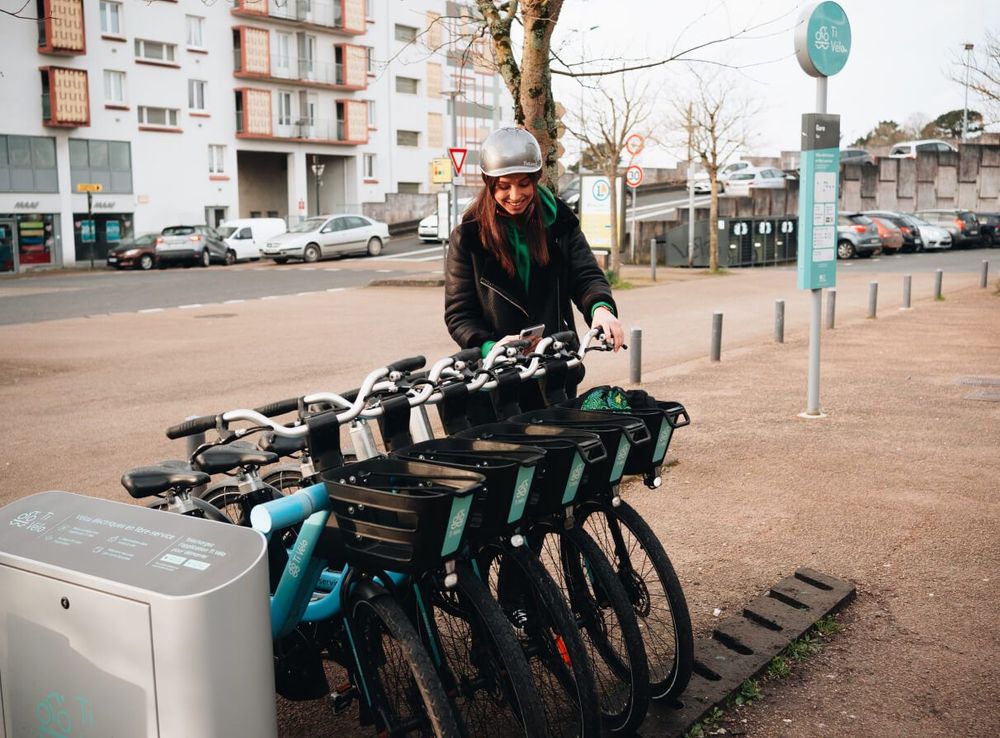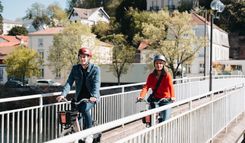Step 2: Decide on the exact location of your stations.
So far, you have determined your priority zones (varying in precision depending on your analysis), you now need to decide on where exactly the stations will be located within each priority zone.
The key to success is contacting all the relevant stakeholders in advance.
Your should contact the head of the roads department or the city council if needed, to set visibility limits for stations in public areas, or to exclude certain areas from your analysis from the outset.
You can also ask your residents for their opinion, so that they can vote on a preferred location online. You will need to give them 2 or 3 options to choose from for each mapping zone. This means that you can involve them in the decision-making process before you even start planning the work.
Rules to help you choose your location successfully
After the stations have been geolocated on a map, you should visit the predefined areas by bike so that you can put yourself in the shoes of your future users and determine the exact location of each station.
There are 4 types of spaces where you can set up your stations:
- On-street parking spaces
- Open spaces in developed areas, which do not restrict the movement of pedestrians
- Low-traffic areas (such as under a bridge), as long as station visibility and user safety is guaranteed.
- Spaces within private properties (shopping centres or residences), as these places can benefit from the installation of bike sharing stations.
When you have several physical location options for your stations, there are some additional criteria to be taken into account to maximise the use of your station:
- Ensure that your station is visible without altering the public space
- Set up the station on a flat section
- Ideally, keep a 2 metre space free around the station to make it accessible
- Opt for sunny spaces
- Place stations on street corners to make it easier for users to enter and leave, regardless of where they are accessing it from
- Place the stations near an electrical connection point to make it easier to set up planned or future electric bike stations
Finally, an area that offers intermodal transport options should always be your first choice. This is key when it comes to achieving a modal shift and reducing parking in city or town centres. Intermodal transport should have already been taken into account when choosing your priority zones; now it's a case of making these key stations a reality.
Here, station visibility is of great importance, as the stations will be bigger than in residential areas, for example.



